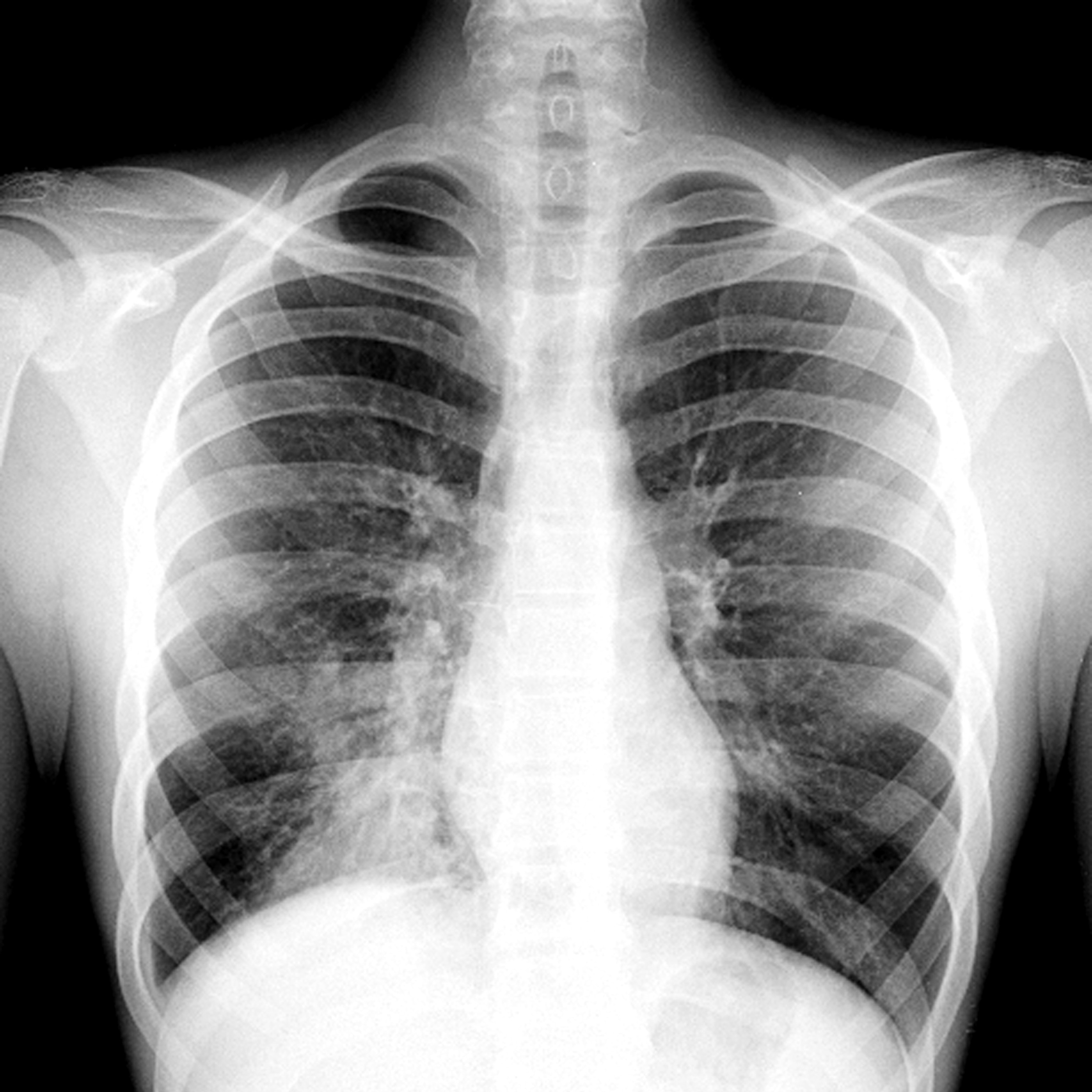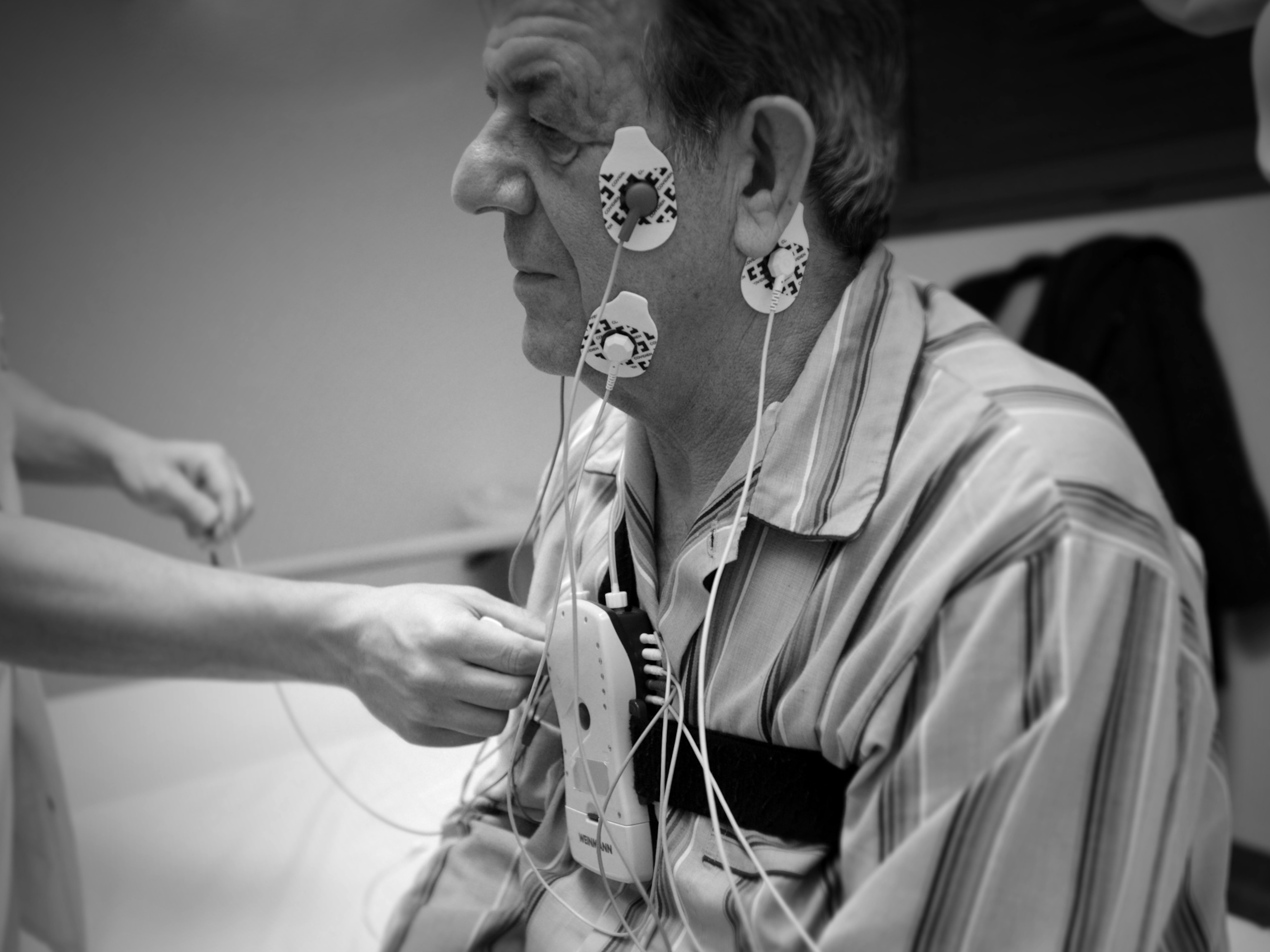We are all mermaids in the womb. Sort of.
Humans and fish look remarkably similar around four weeks. From there, it takes an intricate choreography of events to help newborn babies draw their very first breath.

In the mother's womb the fetus floats in a clear, slightly yellowish liquid that surrounds and protects it during pregnancy, allowing it to move and exercise muscles while suspended in its watery world. A spongy disc of tissue called the placenta, about eight inches in diameter and one inch thick, connects the fetus to the mother's uterus via the umbilical cord, delivering all the nutrients and oxygen the baby needs until birth. So how does a baby go from breathing underwater, mermaid-like, to taking its first gasp of air when it is born and thrust into a world?
An intricate choreography of physiological and molecular events quickly unfolds to help the newborn babies to draw their very first breath, generally within about 10 seconds after delivery. "It's one of the most fundamental events that a person has to take," says David Tingay, a neonatologist at The Royal Children’s Hospital at Melbourne, Australia.
This first breath marks the crucial step towards the transition from fetal circulation to independent respiration.
"It is quite a remarkable transition that we all do," says Tingay.
How does the fetus breathe before birth without using lungs?
You might not believe it, but fish and humans look remarkably similar at around four weeks after fertilization. But in fish the folded neck structures develop into fleshy filaments called gills, which are filled with blood vessels where oxygen is extracted from the water and carbon dioxide is released; in humans those same folded structures become our jaws.
At around the fourth to fifth week of gestation, the respiratory system of the fetus starts to form as a buds of tissue separate from the primitive foregut and develop into the lungs. By the end of the eighth week, the basic architecture of lung is established, and throughout subsequent weeks and months, the lung tissue grows and matures. By the time the pregnancy reaches full term at nine months, the fetus’ lungs are complete and almost ready to inhale and exhale outside the womb.
But in the womb the fetal lungs are filled with fluid. This liquid—secreted by the lungs—provides cushioning and protection for the developing organs, helping to prevent compression or damage.
Before birth, the placenta’s network of blood vessels facilitates the delivery of oxygen and nutrients and removes waste products. Oxygen from the mother's bloodstream is transferred across the placenta into the fetal bloodstream, while carbon dioxide and other waste products from the fetus are eliminated through the placenta and into the mother's bloodstream.
This process—known as placental respiration—allows the fetus to obtain oxygen necessary for its metabolic needs without using its own lungs. The oxygen-rich blood from the placenta is distributed to the developing organs and tissues of the fetus via the umbilical arteries, while deoxygenated blood is returned to the placenta through the umbilical vein.
Since the fetus depends entirely on the placenta for vital nutrition and oxygen, the fluid-filled fetal lungs remain inactive, waiting to spring into action within seconds before and after birth.

How does a baby begin to breathe air and use its own lungs?
The fetus begins to make some breathing movements as early as about 10 or 12 weeks. These increase during development so by the full 40 weeks of gestation the baby is prepared to breathe outside of the womb.
"But the fetus does not yet actually breathe anything at that time," says neonatologist Caraciolo Fernandes. Instead, fetal breathing movements train the fetus to use the respiratory muscles, develop the lungs and neural circuits of respiratory control, to be ready at the birth.
As the baby travels through the birth canal, the compression squeezes some of the fluid from the lung. The pressure changes during birth and hormonal shifts in the baby also initiate absorption of the lung fluid. Once the baby is delivered, the abrupt drop in temperature—from inside the womb to the outside world— the physical stimulus of cold air on the skin, and the glare of bright light within seconds after birth triggers a gasp of air as the baby takes its first breath.
"The fetal lungs act like a big sponge that suddenly fill-up with little air spaces," says Tingay. "That's what babies do in their very first breath."
The pressure caused by the influx of air at the first breath pushes the remaining fluid out of lungs.
"Birth is one time when you actually want your baby to cry," says Fernandes, from Baylor College of Medicine and Texas Children’s Hospital. "You want them to cry as much as they can, because it helps open the lungs really well."
When the lungs open, the air fills the spaces and help the organs to displace and absorb the last bit of fluid, says Fernandes. Any residual fluid that remains is either expelled through coughing or gradually absorbed into the bloodstream and lymphatic system.
Along with the neural stimuli that activate the breathing in a newborn, some specific genes also get turned on at birth. As mice are born, neurons release a neurotransmitter called PACAP that regulates breathing. Another study in mice reveals that a gene called Foxa2 is required for transition to breathing air at birth.
In Cesarean births, where the labor may not have initiated naturally, the pre-birth process of switching the absorption of fluids in the lung does not happen. Some of these babies may still have fluid remaining in their lungs, leading to breathing problems after the birth. However, it happens more often in the babies that are born prematurely, because not only do they have unabsorbed fluid in the lungs, they also may have underdeveloped lungs. For this reason, some neonatologists warn against elective Cesarean procedures, unless medically warranted.
We cannot know exactly how a mythical mermaid is able to breathe underwater. But even Arielle, the Little Mermaid, was coerced by Ursula the witch to “Take a gulp and take a breath,” and sign a contract to give the witch her voice in exchange for leaving her life under the sea to live on land. Similarly, by taking their first big breath, human babies break reliance on the womb and placenta and exit their underwater world, declaring their independence and breathing air.
Related Topics
You May Also Like
Go Further
Animals
- Octopuses have a lot of secrets. Can you guess 8 of them?
- Animals
- Feature
Octopuses have a lot of secrets. Can you guess 8 of them? - This biologist and her rescue dog help protect bears in the AndesThis biologist and her rescue dog help protect bears in the Andes
- An octopus invited this writer into her tank—and her secret worldAn octopus invited this writer into her tank—and her secret world
- Peace-loving bonobos are more aggressive than we thoughtPeace-loving bonobos are more aggressive than we thought
Environment
- This ancient society tried to stop El Niño—with child sacrificeThis ancient society tried to stop El Niño—with child sacrifice
- U.S. plans to clean its drinking water. What does that mean?U.S. plans to clean its drinking water. What does that mean?
- Food systems: supporting the triangle of food security, Video Story
- Paid Content
Food systems: supporting the triangle of food security - Will we ever solve the mystery of the Mima mounds?Will we ever solve the mystery of the Mima mounds?
- Are synthetic diamonds really better for the planet?Are synthetic diamonds really better for the planet?
- This year's cherry blossom peak bloom was a warning signThis year's cherry blossom peak bloom was a warning sign
History & Culture
- Strange clues in a Maya temple reveal a fiery political dramaStrange clues in a Maya temple reveal a fiery political drama
- How technology is revealing secrets in these ancient scrollsHow technology is revealing secrets in these ancient scrolls
- Pilgrimages aren’t just spiritual anymore. They’re a workout.Pilgrimages aren’t just spiritual anymore. They’re a workout.
- This ancient society tried to stop El Niño—with child sacrificeThis ancient society tried to stop El Niño—with child sacrifice
- This ancient cure was just revived in a lab. Does it work?This ancient cure was just revived in a lab. Does it work?
- See how ancient Indigenous artists left their markSee how ancient Indigenous artists left their mark
Science
- Jupiter’s volcanic moon Io has been erupting for billions of yearsJupiter’s volcanic moon Io has been erupting for billions of years
- This 80-foot-long sea monster was the killer whale of its timeThis 80-foot-long sea monster was the killer whale of its time
- Every 80 years, this star appears in the sky—and it’s almost timeEvery 80 years, this star appears in the sky—and it’s almost time
- How do you create your own ‘Blue Zone’? Here are 6 tipsHow do you create your own ‘Blue Zone’? Here are 6 tips
- Why outdoor adventure is important for women as they ageWhy outdoor adventure is important for women as they age
Travel
- This royal city lies in the shadow of Kuala LumpurThis royal city lies in the shadow of Kuala Lumpur
- This author tells the story of crypto-trading Mongolian nomadsThis author tells the story of crypto-trading Mongolian nomads
- Slow-roasted meats and fluffy dumplings in the Czech capitalSlow-roasted meats and fluffy dumplings in the Czech capital







